Suncheonga (순천가)
8.3Km 2021-03-22
109-2, Supyo-ro, Jongno-gu, Seoul
+82-2-765-0398
A beloved restaurant in Jongno where you can enjoy both Korean BBQ and stew menus. This Korean dishes restaurant is located in Jongno-gu, Seoul. The most famous menu is grilled pork belly.
Bugeogukjip (북어국집)
8.3Km 2024-12-27
38, Eulji-ro 1-gil, Jung-gu, Seoul
+82-2-777-3891
Bugeogukjip (formerly “Teojutgol”) is a restaurant behind City Hall in Seoul that has been serving up authentic dried Pollack soup since 1968. Despite a name change, the restaurant has proudly stood in this same location for decades, earning a strong reputation for its dried Pollack soup made using traditional cooking methods.
Since the restaurant only serves one thing—dried Pollack soup—there are few preparations to be made and the meal arrives on your table in minutes. Customers are free to serve themselves basic side dishes such as kimchi and can have as many servings of rice as they’d like, allowing diners to enjoy a hearty meal at a low price. While the restaurant’s design and menu may be simple, Bugeogukjip takes pride in its long history and the careful efforts that have earned it a reputation as one of the most notable restaurants in Seoul.
Nagwon Bindaetteok (낙원빈대떡)
8.3Km 2021-03-19
3, Supyo-ro 22-gil, Jongno-gu, Seoul
+82-2-763-9515
This is a Korean cuisine located in Jongno, Seoul. An old restaurant located near Nakwon Music Mall. The best menu at this restaurant is mung bean pancake.
Baan Khun Kwan (반쿤콴(B.K.K))
8.3Km 2021-04-12
20, Jong-ro 10-gil, Jongno-gu, Seoul
+82-2-725-1688
This restaurant is decorated in the 'Thai' style. The best menu at this restaurant is rice noodle soup with beef. This Thai (cuisine) restaurant is located in Jongno-gu, Seoul.
Dalgaebi (달개비)
8.3Km 2024-03-15
16 Sejong-daero 19-gil, Jung-gu, Seoul
+82-82-2-765-2035, 2068
Dalgaebi is a restaurant specializing in Korean table d'hote, using fresh seasonal ingredients. Its flagship menu is the teukseon sangcharim jeongsik (special set menu), which includes porridge, seasonal dishes, main courses, and desserts. The galbi sangcharim (galbi course), featuring premium Korean beef galbi grilled over charcoal and served with soybean paste jjigae, is also popular. Known for its private dining spaces and upscale ambiance, reservations can be made via phone.
Libuk Sonmandu (리북손만두)
8.3Km 2019-08-28
17-13, Mugyo-ro, Jung-gu, Seoul
+82-2-776-7361
Libuk Sonmandu restaurant is located deep in the alleys behind Seoul City Hall in the Mugyo-dong area. It is famous for kimchimari bap and sonmandu (handmade dumplings). Kimchimaribap is rice in a soup of kimchi and ice cubes with various added flavorings that originated in North Korea. This is a refreshing dish for summer. Other items on the menu are bindaetteok (mung bean pancake) and mandu jeongol (dumpling hot pot).
Himart - Sangam World Cup Branch [Tax Refund Shop] (하이마트 상암월드컵점)
8.3Km 2024-04-18
295, World Cup buk-ro, Mapo-gu, Seoul
-
E-Mart - Hawolgok Branch [Tax Refund Shop] (이마트 하월곡)
8.3Km 2024-04-22
167, Jongam-ro, Seongbuk-gu, Seoul
-
Deoksugung Palace (덕수궁)
8.4Km 2025-06-25
99 Sejong-daero, Jung-gu, Seoul
Registered as a Historic Site, Deoksugung Palace was initially not a royal palace, but the residential home of Grand Prince Wolsan (1454-1488), the older brother of King Seongjong (1469-1494) of the Joseon dynasty. It wasn't until 1593 that the palace was used as a temporary palace of the royal family after their home was burned down during the Imjin War. King Seonjo also stayed at Deoksugung Palace after returning to the city. It became a proper palace when Gwanghaegun (1575-1641) ascended to the throne and gave this royal residence the name Gyeongungung Palace in 1611. Over the following decades, the palace alternated between being an official palace and a temporary residence. The name did not change officially to Deoksugung Palace, meaning the “palace of virtuous longevity,” until 1907. While the palace once encompassed a vast area with many buildings, the current palace grounds are just a small shadow of the prior splendor, with very few structures remaining.
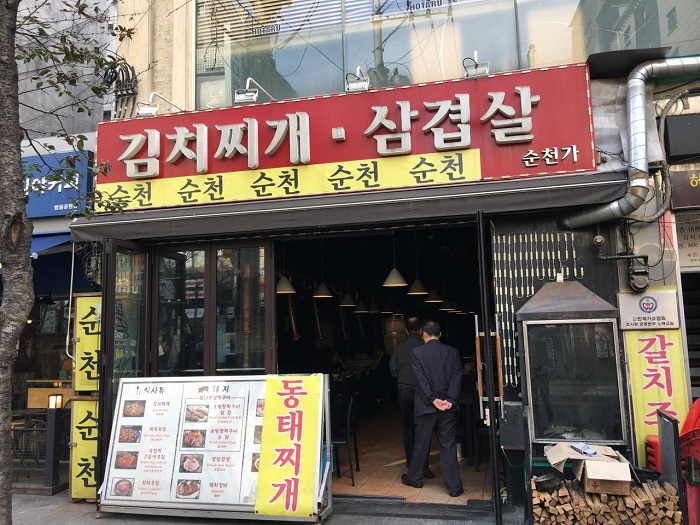
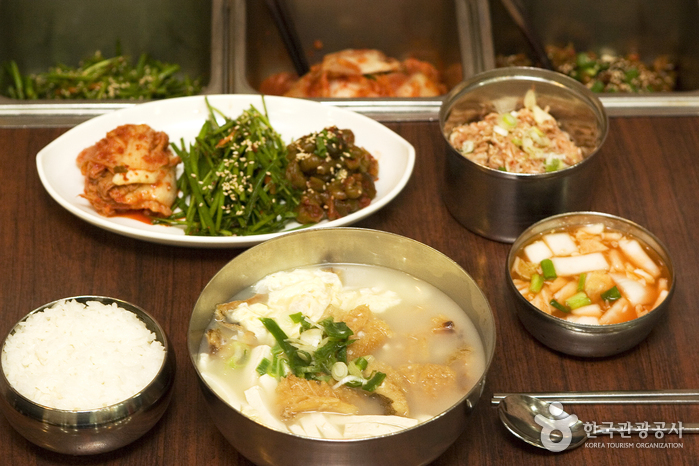
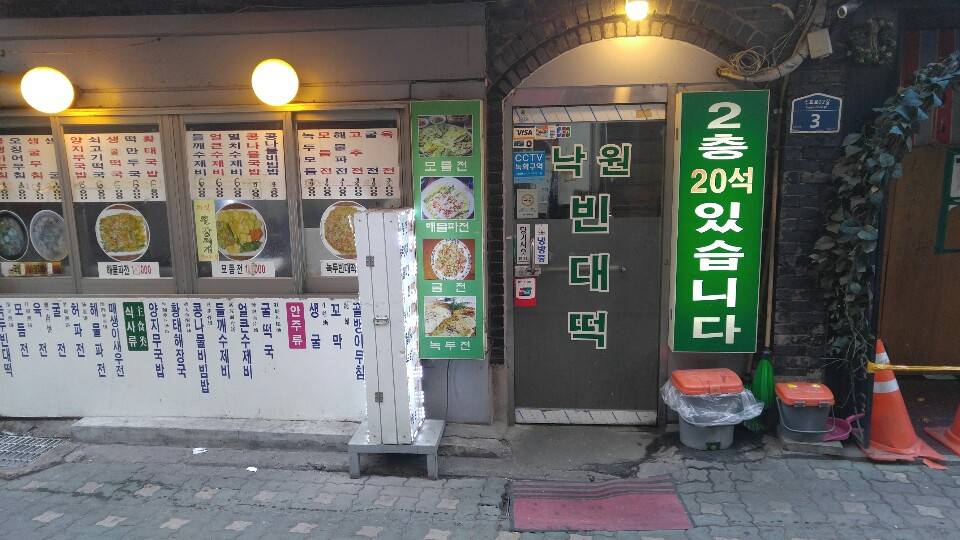
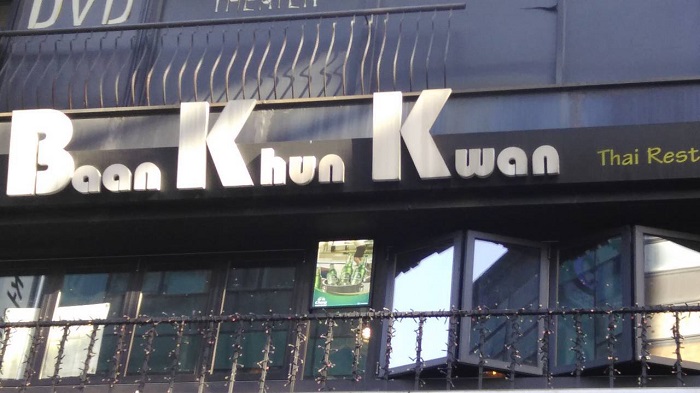

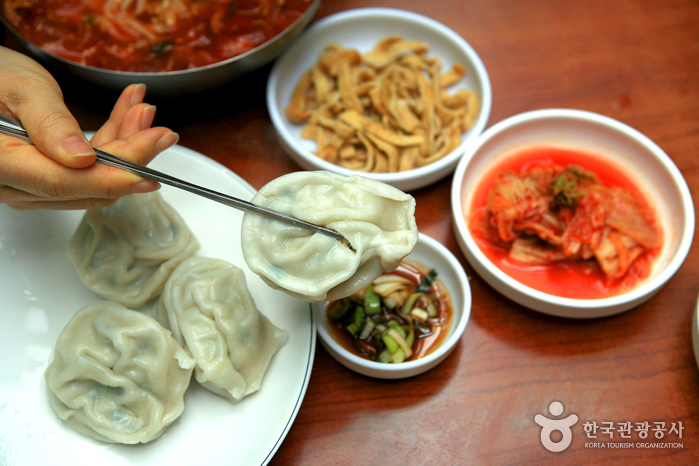
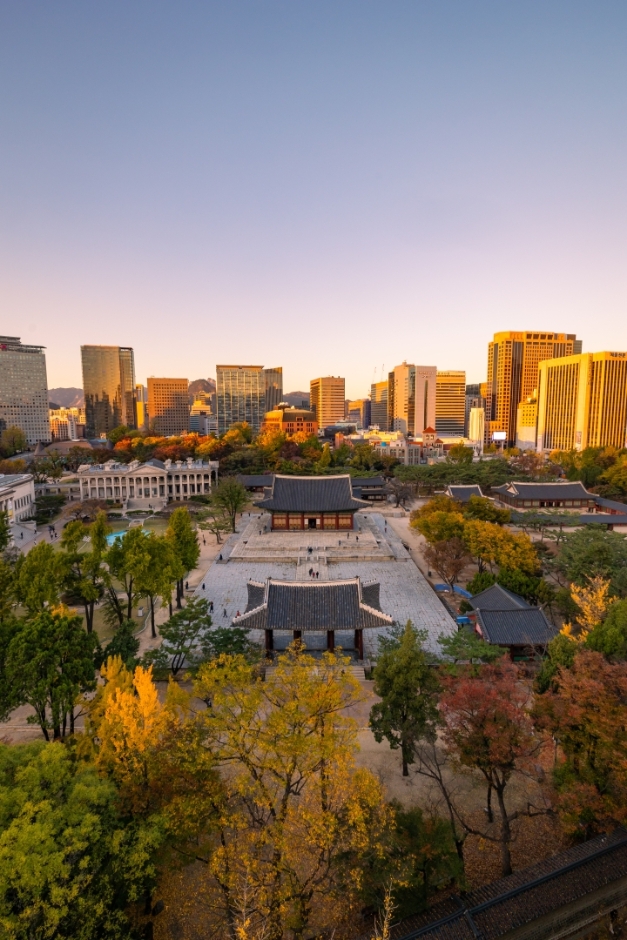
 English
English
 한국어
한국어 日本語
日本語 中文(简体)
中文(简体) Deutsch
Deutsch Français
Français Español
Español Русский
Русский